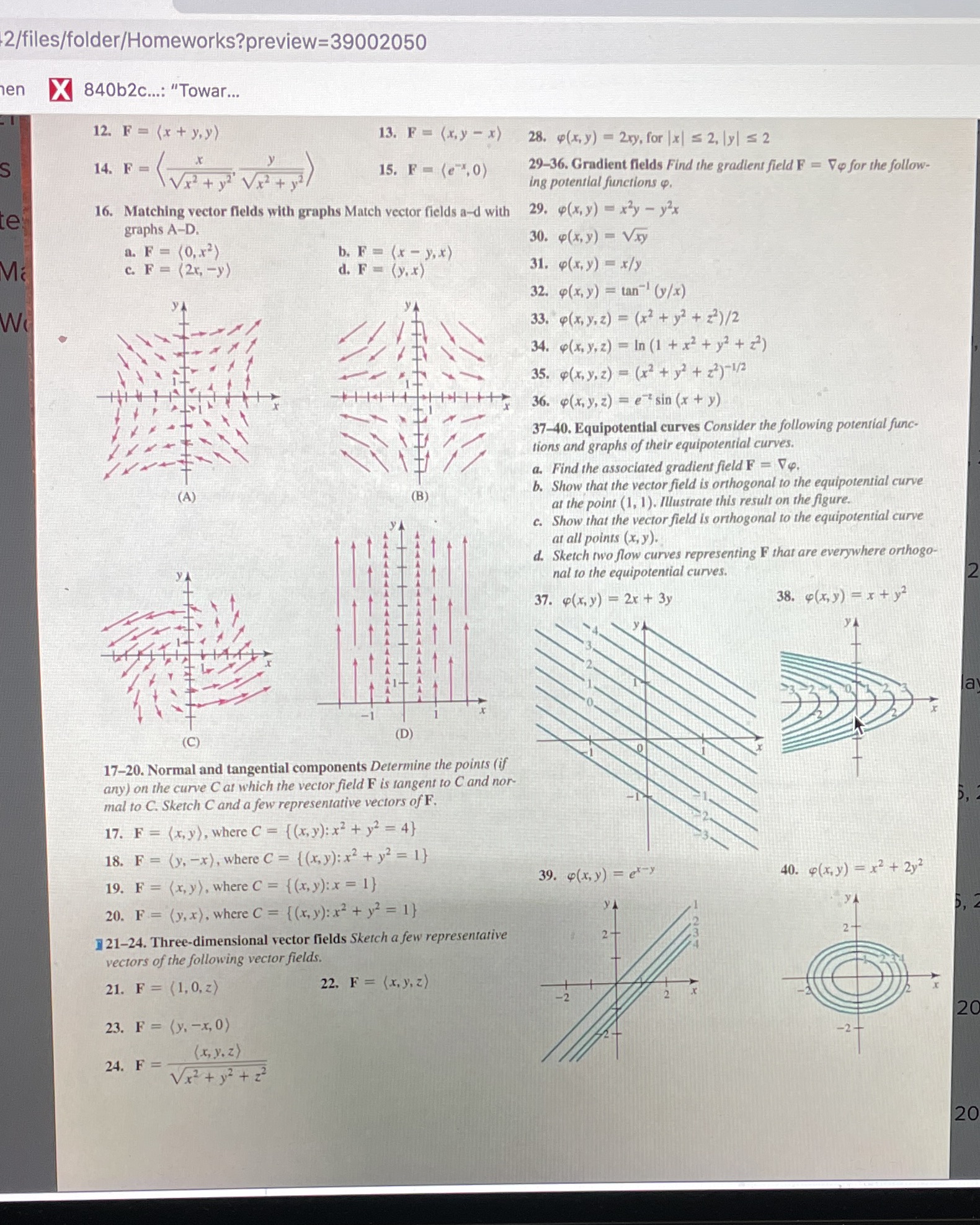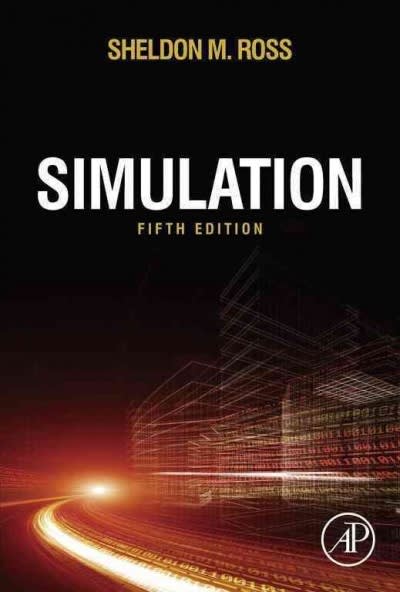Answered step by step
Verified Expert Solution
Question
1 Approved Answer
Question 31 and 34 2/files/folder/Homeworks?preview=39002050 en X 840b2c..: Towar... 12. F = ( x + y, > > 13. F = (x,y - x) 28.
Question 31 and 34

Step by Step Solution
There are 3 Steps involved in it
Step: 1

Get Instant Access to Expert-Tailored Solutions
See step-by-step solutions with expert insights and AI powered tools for academic success
Step: 2

Step: 3

Ace Your Homework with AI
Get the answers you need in no time with our AI-driven, step-by-step assistance
Get Started


